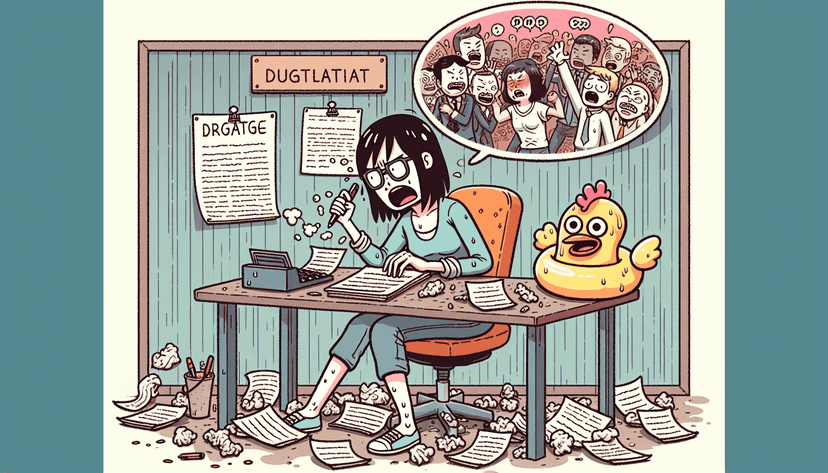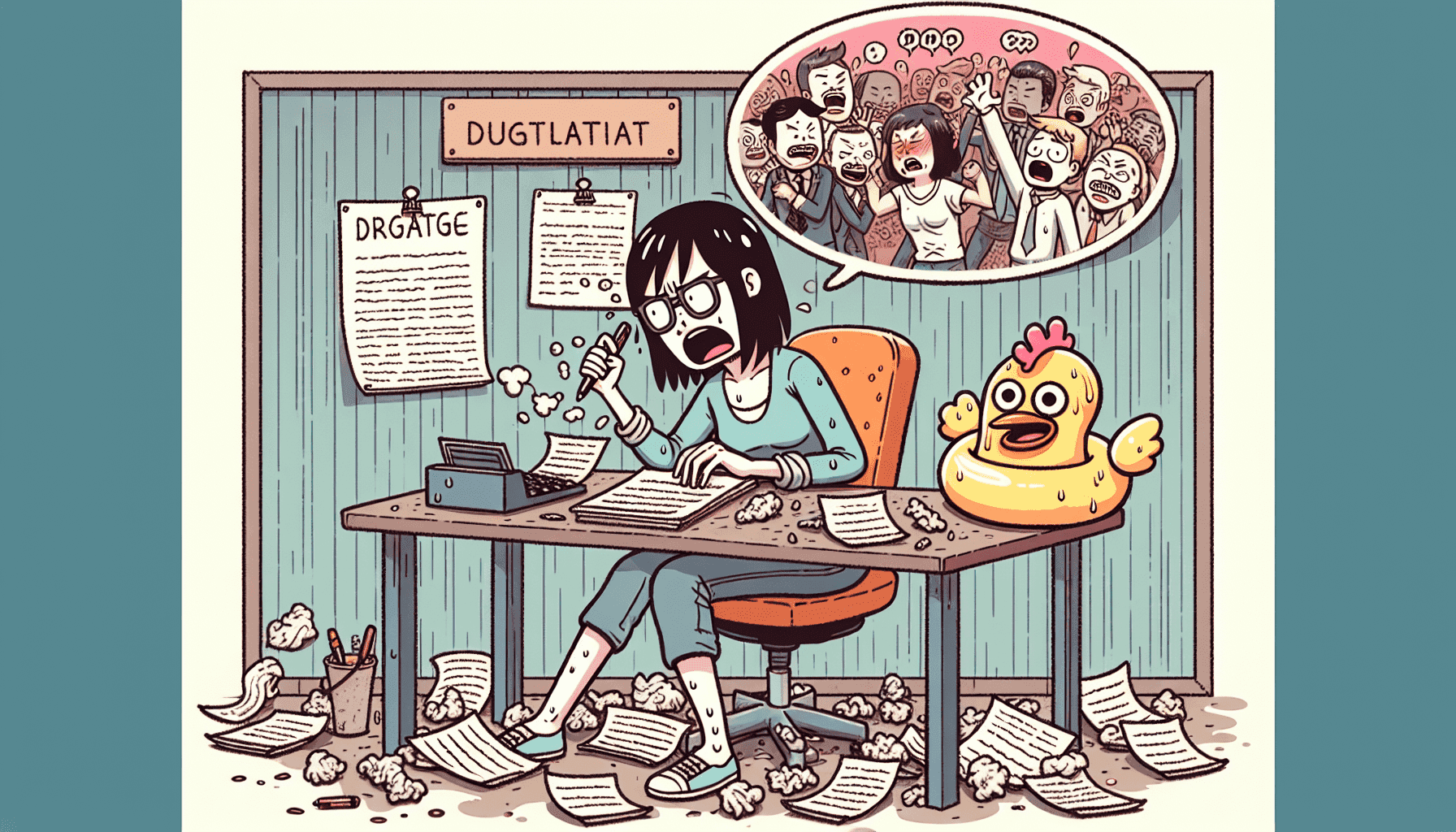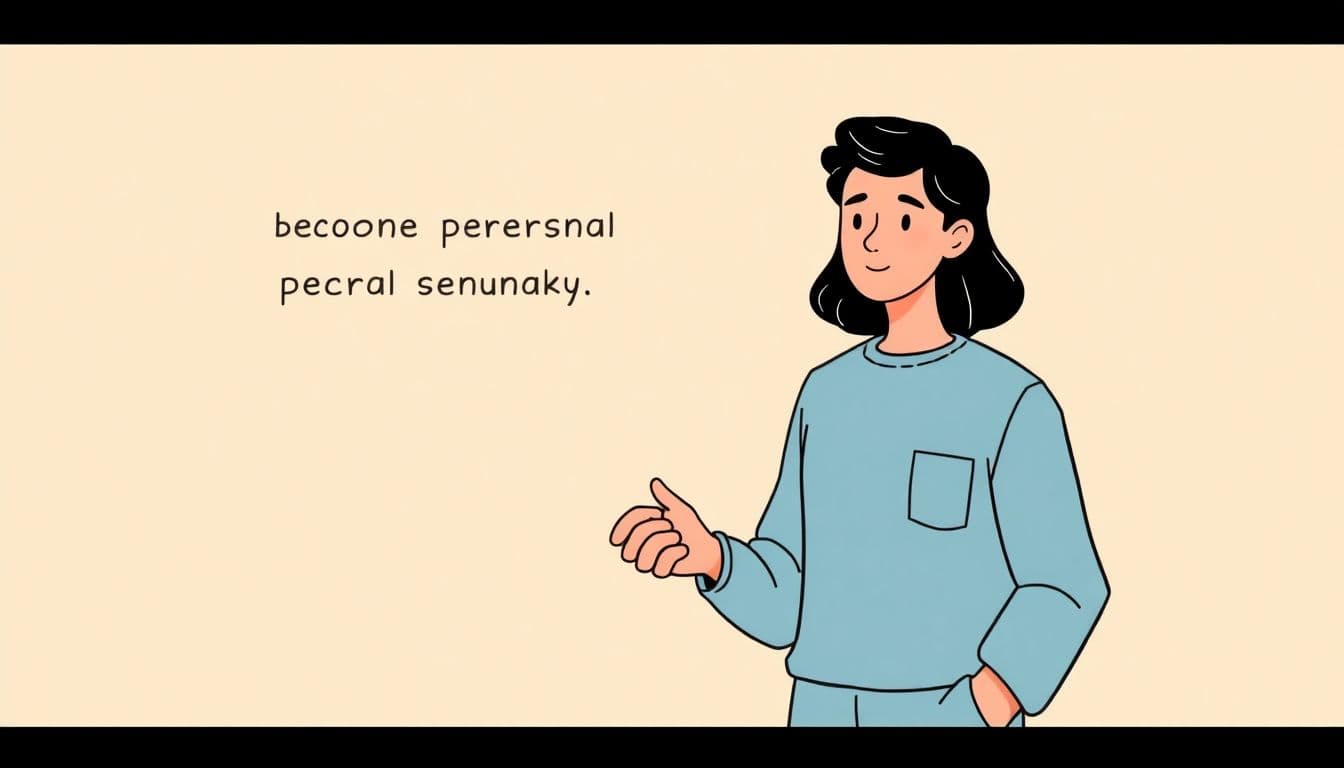Table of Contents
Writing humorous dialogue can feel like trying to nail jelly to a wall—just when you think you’ve got it, it slips away! Many writers struggle to strike the right balance between funny and authentic, often wondering why their jokes land with a thud instead of a chuckle. You’re not alone in this comedic conundrum!
But don’t worry! If you stick with me, I promise you’ll discover effective techniques to inject humor into your dialogue. From mastering the timing to weaving in puns, you’ll learn the tricks that can make your characters’ conversations not just entertaining, but hilarious.
We’ll cover everything from using subtext to experimenting with different types of humor, ensuring your readers can’t help but laugh. Let’s turn those awkward moments into comedy gold, shall we?
Key Takeaways
- Focus on your characters’ unique voices for authentic humor.
- Master timing and delivery; pauses enhance comedic impact.
- Use wordplay, puns, and twists to surprise your readers.
- Incorporate subtext and understatement for layered humor.
- Highlight contrasts and irony to create relatable comedic moments.
- Craft sentence structures with rhythm to boost punchlines.
- Mix different types of humor for dynamic interactions.
- Avoid obvious jokes; keep humor unexpected to maintain interest.
- Edit your work and seek feedback to sharpen the humor.
- Allow space for laughter; strategic pauses enhance comedic effect.
- Embrace trial and error; not every joke will land, and that’s okay.

1. Write Authentic Humorous Dialogue
When it comes to writing humorous dialogue, you want your characters to sound like real people, not robots spitting out lines. Focus on their unique voices and backgrounds, ensuring that their humor reflects their personality.
For instance, if you have a character who is a pun enthusiast, let them toss puns around casually while someone else might have sarcasm as their go-to humor. The key is to stay true to each character’s essence.
You can also enhance authenticity by using specific language and slang that fits the character’s world. This gives the dialogue more depth and makes the jokes hit harder. Think about how your audience would react to the humor—does it flesh out the plot or advance the story?
2. Master Timing and Delivery for Comedy
Timing and delivery are everything when it comes to humor. Just like in stand-up comedy, where a well-timed pause can make the punchline land, your written dialogue should create that same rhythm.
Consider breaking up longer lines with short quips or even action beats. For example, if one character delivers a sarcastic remark, you could follow up with a brief reaction from another character to amplify the humor.
Moreover, placing humor where readers least expect it can create memorable moments. Remember, a character’s facial expressions and physical reactions can add another layer to the written jokes, so don’t skip over those details.
3. Use Wordplay and Puns for Humor
Wordplay can be one of the most delightful forms of humor in dialogue. It’s like giving your readers a little linguistic treat that also reflects your characters’ cleverness. Puns, double entendres, and even oxymorons work wonders here.
For example, instead of saying “I’m tired,” consider a twist like “I’m so tired I could sleep standing up like a flamingo.” It’s quirky and surprising—exactly the point.
Another fun trick? Take familiar phrases and flip them. Think about saying something like “The early bird gets the bagel” to add a light-hearted feel. It’s a smart way to catch your readers off-guard while still making them chuckle.

4. Add Subtext and Understatement in Dialogue
Subtext can be a powerful ingredient in humorous dialogue. It’s essentially what’s not being said that makes the conversation funny.
For example, a character could say, “I’m totally not worried about that big meeting tomorrow,” while their shaky voice and frantic gestures say otherwise.
This creates a layer of irony that readers get to enjoy, connecting the dots between what’s said and what’s meant.
Understatement can also pack a punch. Think of a character who responds to a disaster with a simple, “Well, that was unfortunate,” making the situation seem amusingly dire.
Matching subtext and understatement with character quirks can amplify humor while revealing their personality.
5. Incorporate Contrast and Irony for Effect
Contrast and irony are your best friends when writing humor. They highlight unexpected differences, making the funny moments pop.
Picture a character obsessed with cleanliness living with a messy roommate. Each surprise mess leads to dramatic, ironic reactions that can be hilariously relatable.
Ironic elements, like a superhero who’s scared of the dark, add depth to humor while turning clichés on their head.
Again, the key is to play with characters’ personalities and let their contradictions enhance the laughs you want to generate.
6. Implement Sarcasm and Satire Smartly
Sarcasm and satire can be fantastic tools for humor, but they need to be seasoned well. Sarcasm works best when it’s clever, not mean-spirited.
For instance, if one character says, “Sure, let’s make a fabulous meal together!” when they know their friend is a terrible cook, it adds a layer of playful irony.
In satire, take the time to poke fun at real-life scenarios or tropes—while ensuring that your characters still remain relatable.
Balancing sarcasm with genuine moments will keep your dialogue grounded, making the humor feel organic rather than forced.
7. Craft Sentence Structure and Rhythm for Punchlines
How you structure your sentences can significantly affect comedic timing. Punchlines often succeed because of brevity.
Consider crafting longer setups that build anticipation, followed by a trimmer punchline that delivers the joke with impact.
For example, a long-winded explanation that ends in a quick, unexpected twist can leave readers laughing.
Use variations in rhythm to keep the dialogue engaging and lively. Mix long, flowy sentences with short, snappy ones to maintain reader interest.
8. Mix Different Types of Humor Between Characters
Different types of humor can create dynamic character interactions that keep readers entertained. Imagine one character who uses dry wit mixed with another who’s just goofy.
This contrast not only develops their personalities but also provides a more engaging dialogue experience.
By mixing styles—like slapstick, irony, and sarcasm—you offer a range of comedic relief that can resonate differently with various readers.
Besides, this diversity can lead to unique and memorable scenes, ensuring that humor flows naturally from the characters’ relationships.
9. Avoid Making Jokes Too Obvious
One of the quickest ways to kill a joke is to make it predictable. Readers appreciate humor that’s a little unexpected, which keeps them engaged.
Rather than laying out the punchline too clearly, try leading your audience in one direction before surprising them with a twist.
For example, if your character is describing a chaotic day, instead of saying, “It was a disaster,” you could say, “It was a day that made a shark tank look like a petting zoo.” This keeps the joke fresh and relatable.
Surprise is a key ingredient in comedy, so play with expectations and let the characters’ quirks bring out those unexpected laughs.
10. Edit and Get Feedback on Your Dialogue
Editing is crucial for honing the humor in your dialogue. Once you’ve written your first draft, set it aside for a bit before revisiting it with fresh eyes.
Look for places where the humor could be tightened up or where timing can be improved.
Also, consider asking friends or fellow writers for feedback. A fresh perspective can help you see what works and what might need some polishing.
Sometimes, simply reading the dialogue aloud can give you a sense of rhythm and flow, helping to identify any areas that may fall flat.
11. Create Space for Laughter in the Text
Allowing moments for laughter to breathe can make the humor land better. Incorporate pauses in the dialogue for characters’ reactions—think of the comedic timing in sitcoms.
Letting a character react silently for a moment can enhance the humor by building anticipation for their response.
Use white space effectively by breaking up dialogues—this gives readers a moment to digest the humor and makes the next punchline hit harder.
12. Embrace Trial and Error in Writing Humor
Writing humor is a process of trial and error; not every joke will land, and that’s perfectly okay. Keep experimenting with different styles and formats.
Write scenes and dialogues without fear of judgment, then sift through them later to find the gold. Sometimes a line that didn’t fit can inspire a new direction.
Remember, humor is subjective. What’s hilarious to one person may not resonate with another, so don’t get discouraged.
Learning from your attempts will ultimately sharpen your skills and lead to even funnier moments in your writing journey.
FAQs
To write authentic humorous dialogue, focus on character voice and personality. Observe real conversations, use relatable situations, and ensure that humor arises naturally within the context, rather than feeling forced or artificial.
Practice pacing to enhance comedic timing; pause before punchlines for effect. Familiarize yourself with rhythm and flow in dialogue, ensuring that the delivery matches the humor’s tone for maximum impact.
Wordplay and puns add a clever twist to dialogue. Use them sparingly to avoid overwhelming the reader. Ensure the puns fit the context and emphasize character traits, enhancing humor without distracting from the main message.
Edit your dialogue rigorously to enhance clarity and comedic impact. Seek feedback to identify areas for improvement, and be willing to make adjustments. A well-edited piece increases the chances of humor resonating with the audience.



